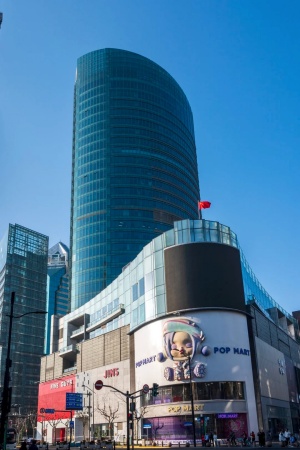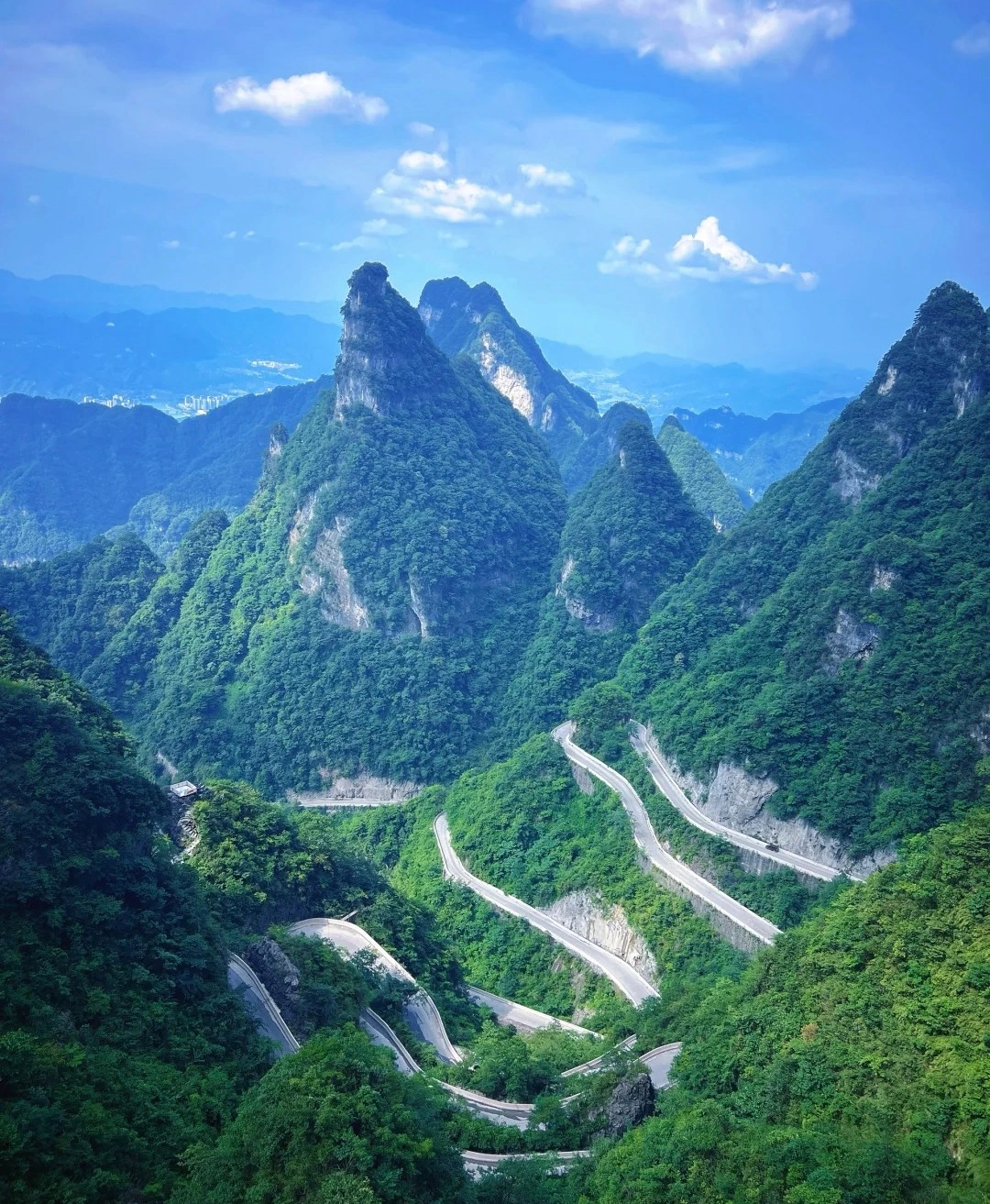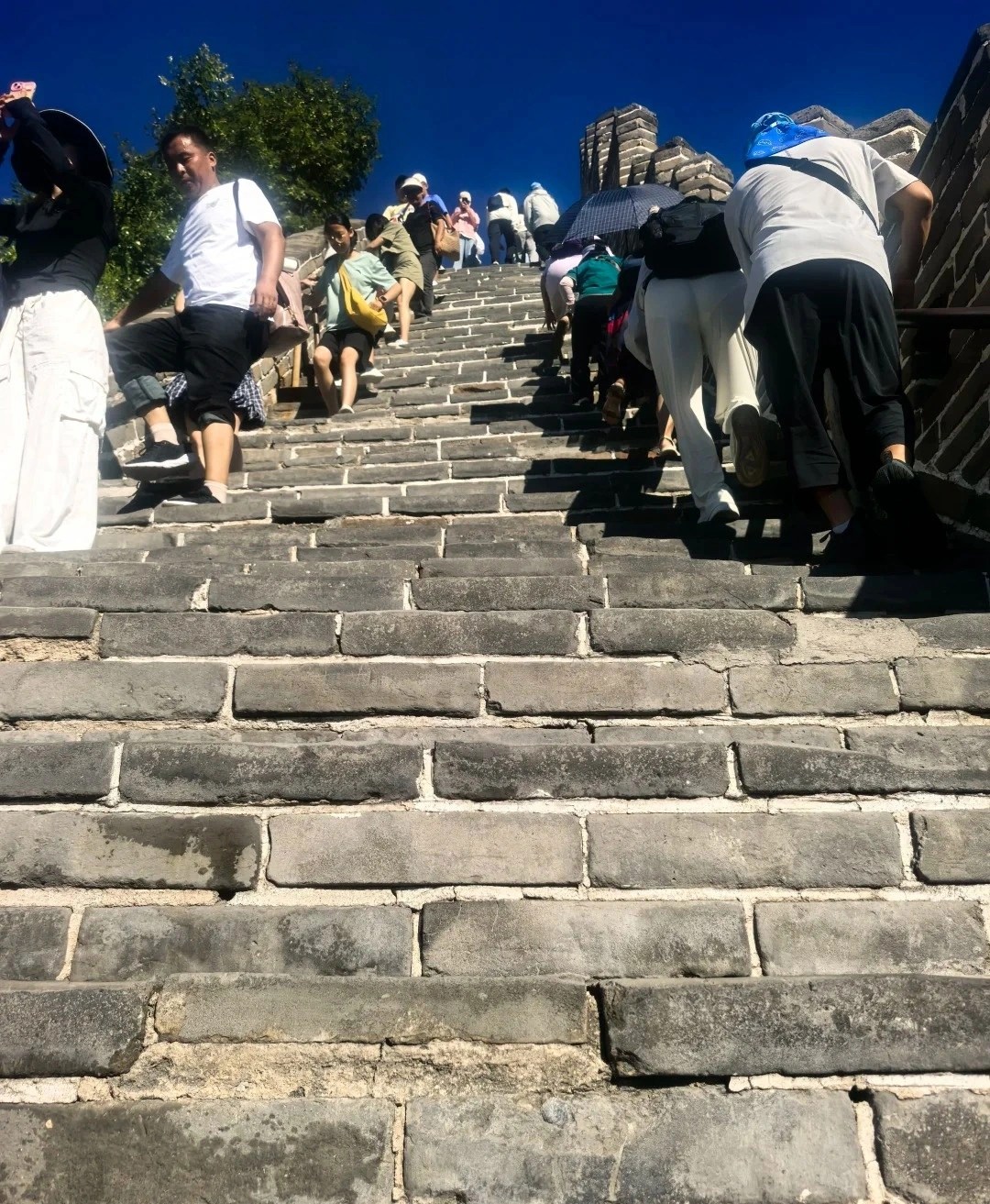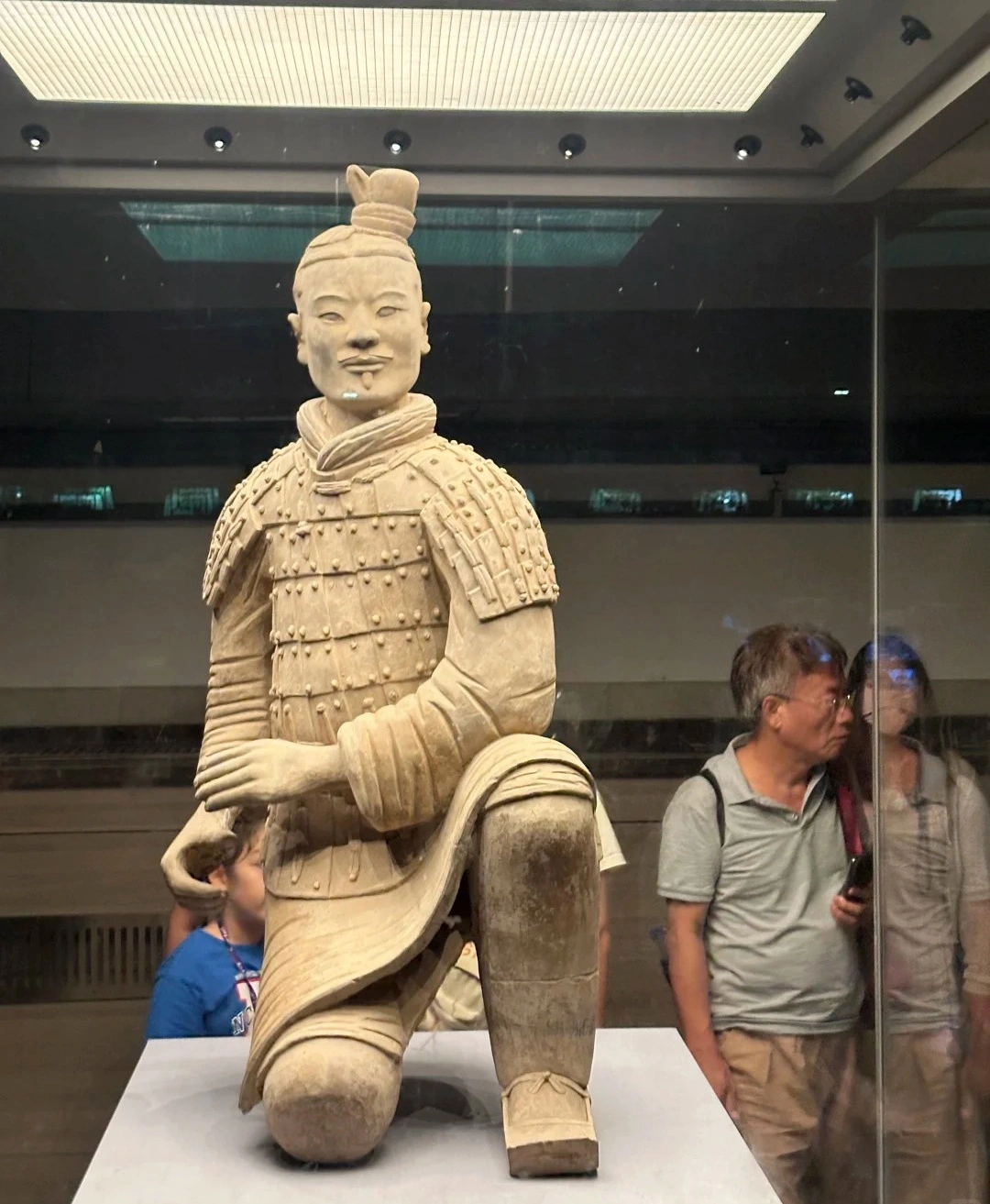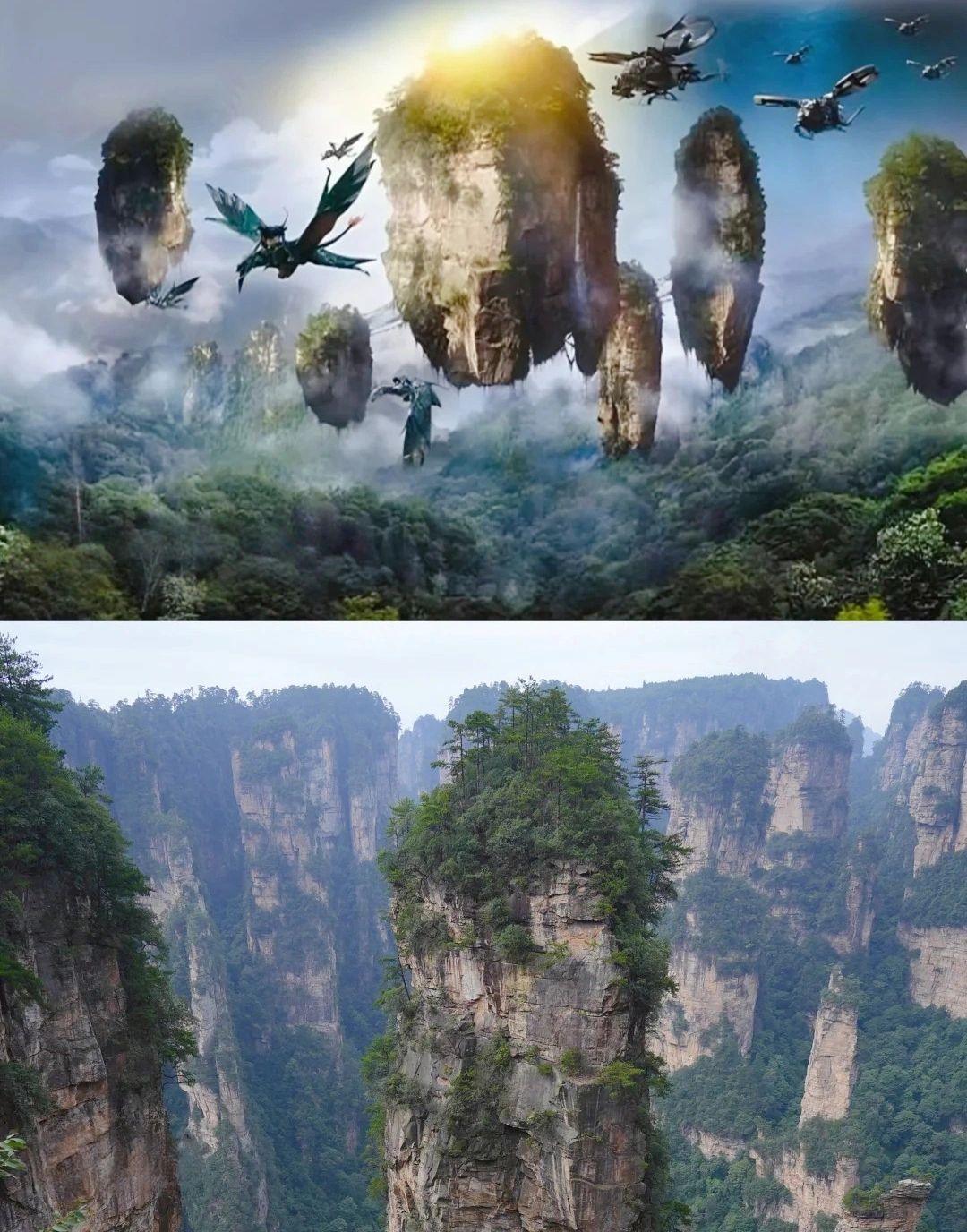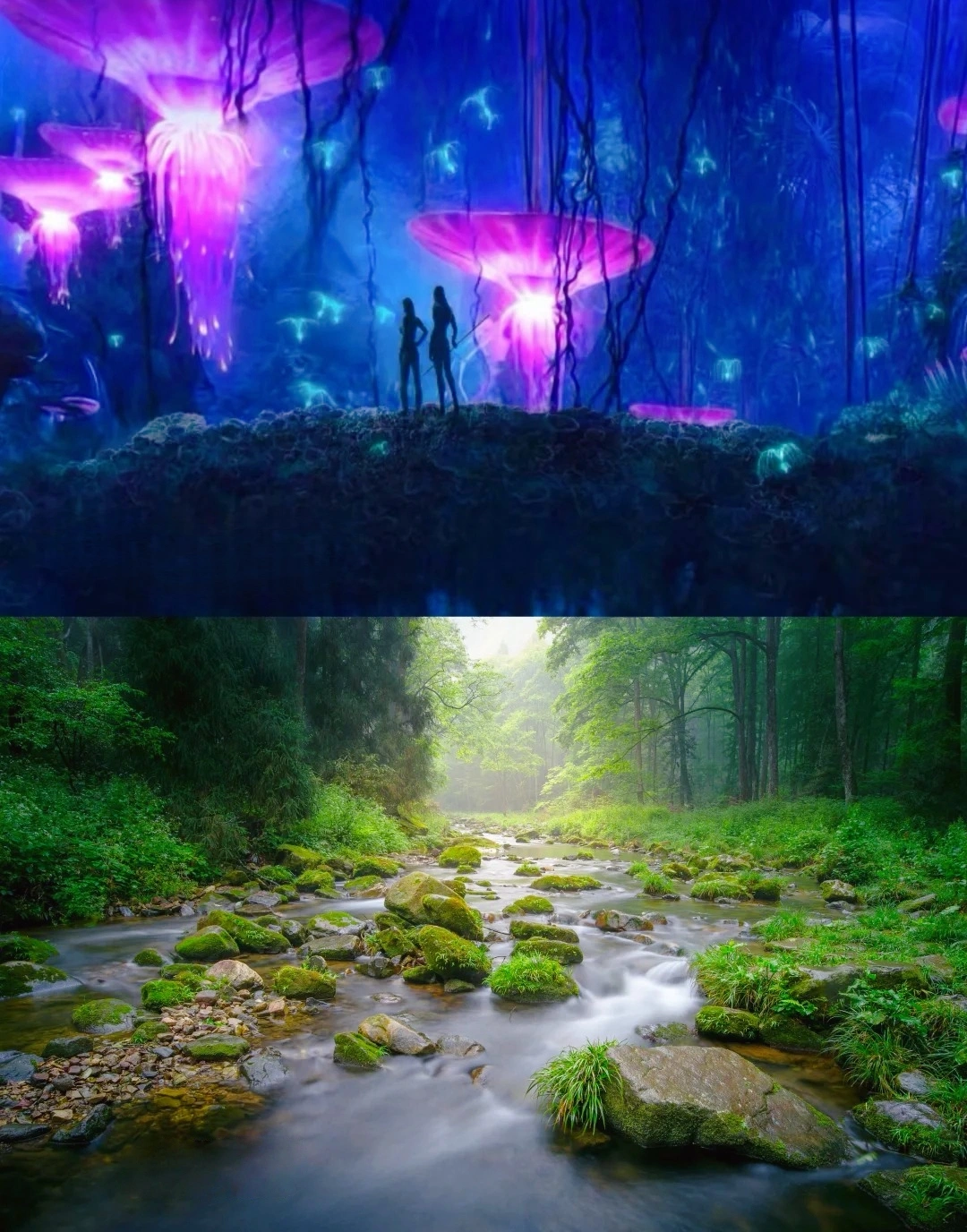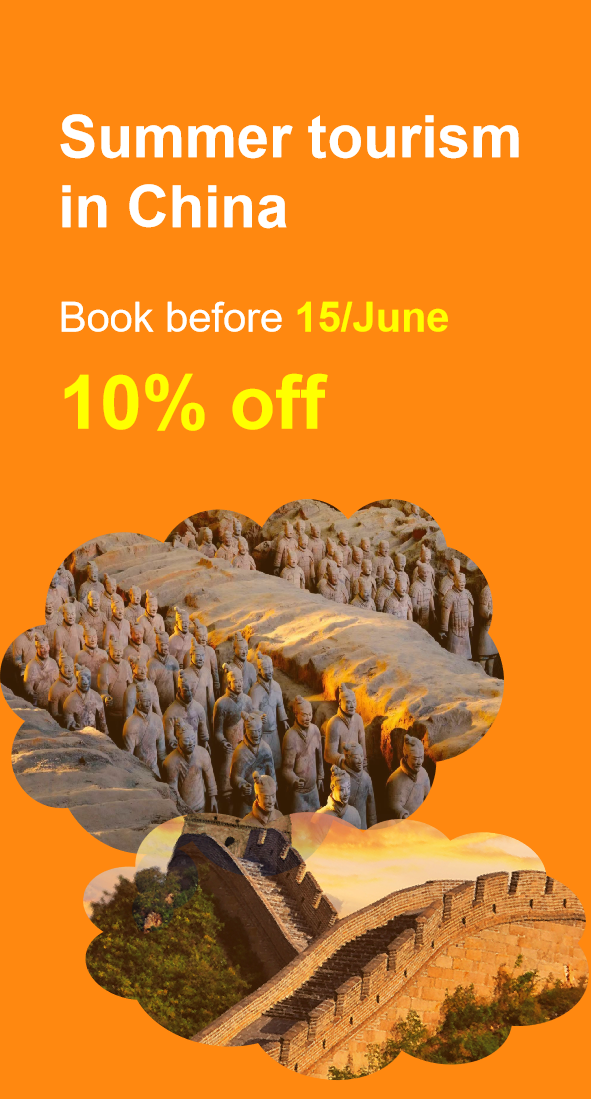Maolan Nature Reserve
HistoricalOverview
1988: Officially designated as Maolan Nature Reserve, focusing on karst ecosystem conservation.
1996: Recognized as a "National Nature Reserve" by the Chinese government.
2007: Inscribed as a UNESCO World Heritage Site, highlighting its global ecological value.
2010s–2020s: Expanded research collaborations and eco-tourism initiatives, including the 2018 launch of a biodiversity monitoring program.
2023: Partnered with international conservation groups to protect endangered species like the Guizhou snub-nosed monkey.
StructuralLayout
The reserve’s rugged terrain is divided into core, buffer, and experimental zones, each serving distinct conservation and tourism roles:
Core Zone: Strictly protected karst forests, home to rare primates and ancient trees.
Buffer Zone: Controlled eco-tourism trails, including the iconic "Xiaqikong" scenic area.
Experimental Zone: Miao and Yao villages, offering cultural tours and traditional handicraft workshops.
MajorAttractions
Golden Cave: A 12-km-long karst cave system with stalactites and underground rivers.
Xiaqikong Waterfall: A 70-meter cascade surrounded by subtropical foliage.
Laoyanghe Forest: A 2,000-hectare virgin forest with 1,000-year-old trees and rare orchids.
Miao Villages: Traditional settlements with stilt houses, embroidery workshops, and folk music performances.
SuggestedItineraries
Half-Day Route (3–4 Hours)
Morning: Golden Cave exploration (1.5 hours) → Xiaqikong Waterfall hike (1 hour).
Afternoon: Miao Village cultural tour (1 hour) → Laoyanghe Forest trail (30 mins).
Highlights: Karst wonders, waterfalls, and indigenous culture.
Full-Day Route (6–7 Hours)
Morning: Laoyanghe Forest birdwatching (2 hours) → Miao Village handicraft workshop (1 hour).
Afternoon: Golden Cave underground river boat tour (1.5 hours) → Xiaqikong Waterfall photography (1 hour).
Evening: Traditional Miao "Long Table Banquet" (dinner included).
Highlights: Biodiversity, cultural immersion, and culinary experiences.
Multi-Day Exploration (2–3 Days)
Day 1: Core Zone trekking, Guizhou snub-nosed monkey tracking.
Day 2: Buffer Zone eco-trails, Miao Village Festivals (seasonal).
Day 3: Experimental Zone workshops (Bamboo weaving, indigo dyeing).
Highlights: Deep ecological engagement and cultural exchange.
TicketPurchase
Online: Book via the Maolan Nature Reserve official website or WeChat mini-program (up to 3 days in advance).
On-Site: Entry tickets (¥130) include core zone access; guided tours (¥200–500) available in English/Chinese.
Free Admission: Children under 1.2m, disabled visitors, and seniors over 70.
By Bus: From Libo County to Maolan Gate (1.5-hour drive; ¥30/person).
By Taxi: Direct to "Màolán Zìrán Bǎohùqū" from Libo (¥150 one-way).
By Car: Self-drive via G76 Expressway (Libo exit), 45-minute drive to reserve entrance.
Parking: Free at reserve entrance; shuttle buses to core zones (¥20/person).
BestTime&Tips
Avoid Crowds: Peak Season: May–October (especially summer weekends).
Best Times: April–May (flowers) or September–October (mild weather).
Weather: Subtropical climate; rain gear recommended in summer, warm layers in winter.
Essentials: Hiking boots, insect repellent, and cash for village purchases.
Photography: Allowed (no drones); tripods permitted in designated zones.
Prohibited Items: Plastic bags, fireworks, and unapproved camping gear.
Respect Local Culture: Remove shoes before entering Miao homes; ask permission before photographing villagers.
Contact Us
What Our Clients Say?
Based on 10,000+ traveler reviews
